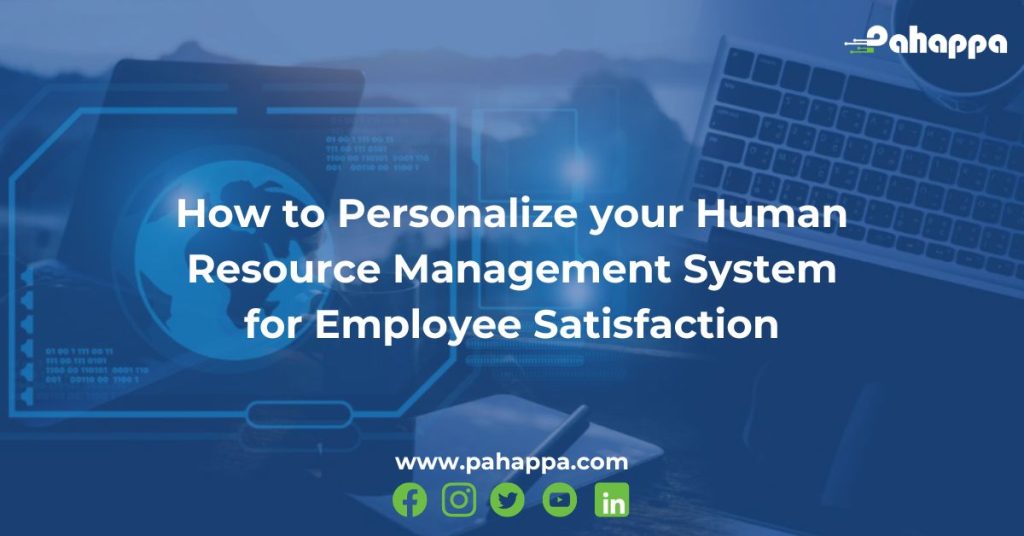In today’s competitive business world, talent has become the ultimate differentiator. Companies that excel at attracting, developing, and retaining top talent gain a significant competitive advantage. To achieve this, organizations are increasingly turning to Human Resource Management Systems (HRMS) as a strategic tool for talent management. In this article, we’ll explore how HRMS can streamline talent management processes and help organizations build a high-performing workforce.
Attracting Top Talent
We all know that attracting top talent begins with effective recruitment and onboarding processes. HRMS solutions offer amazing features for posting job openings, screening candidates, and managing the entire recruitment lifecycle. With built-in applicant tracking systems (ATS), HRMS allows HR teams to streamline the hiring process, from posting job ads to scheduling interviews and making offers. By leveraging data analytics, HRMS can also help identify recruitment trends, optimize sourcing channels, and ensure a steady pipeline of qualified candidates.
Furthermore, an onboarding experience is critical for engaging new hires and setting them up for success from day one. HRMS applications enable organizations to automate onboarding tasks, such as paperwork, training modules, and introductions to team members. By providing a personalized and efficient onboarding process, HRMS helps organizations make a positive first impression on new employees and accelerate their time-to-productivity.
Developing Talent Through Learning and Development
Once onboard, organizations must invest in the ongoing development of their employees to nurture their skills and capabilities. HRMS solutions play a central role in facilitating learning and development initiatives by providing a centralized platform for managing training programs, tracking progress, and delivering content.
With features like learning management systems (LMS) and competency frameworks, HRMS enables employees to access a diverse range of learning resources, including e-learning modules, workshops, and certifications. By tailoring learning paths to individual employee goals and performance, organizations can foster a culture of continuous learning and skill development, ensuring that their workforce remains agile and adaptable in the face of evolving business needs.
Retaining Top Talent
Retaining top talent is perhaps the greatest challenge faced by organizations today. HRMS solutions offer valuable insights into employee engagement, satisfaction, and retention through comprehensive analytics and reporting capabilities. By tracking key metrics such as turnover rates, employee feedback, and performance evaluations, HRMS helps identify potential retention risks and areas for improvement.
Moreover, HRMS platforms support strategic talent management initiatives, such as career development planning, succession planning, and performance management. By providing employees with clear pathways for growth and advancement within the organization, HRMS helps foster a sense of loyalty and commitment among top performers. Additionally, by facilitating regular feedback and recognition, HRMS enables managers to acknowledge and reward employee contributions, further enhancing job satisfaction and retention.
Conclusion
An HRMS has emerged as a powerful tool for talent management, offering comprehensive solutions for attracting, developing, and retaining top talent. By leveraging HRMS platforms to streamline recruitment processes, facilitate learning and development initiatives, and foster a culture of engagement and recognition, organizations can build a high-performing workforce that drives business success.
The ability to attract, develop, and retain top talent is essential for sustaining a competitive advantage. With HRMS as a strategic enabler, organizations can unlock the full potential of their workforce and achieve long-term growth and success. To learn more about HRMS and our own HRMS tool, click here.











